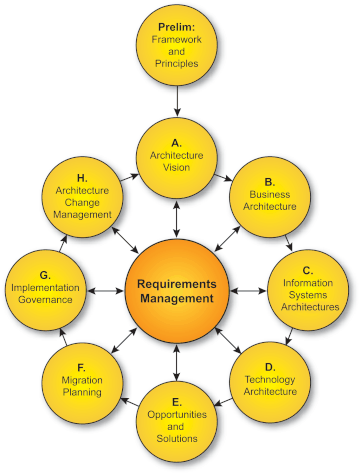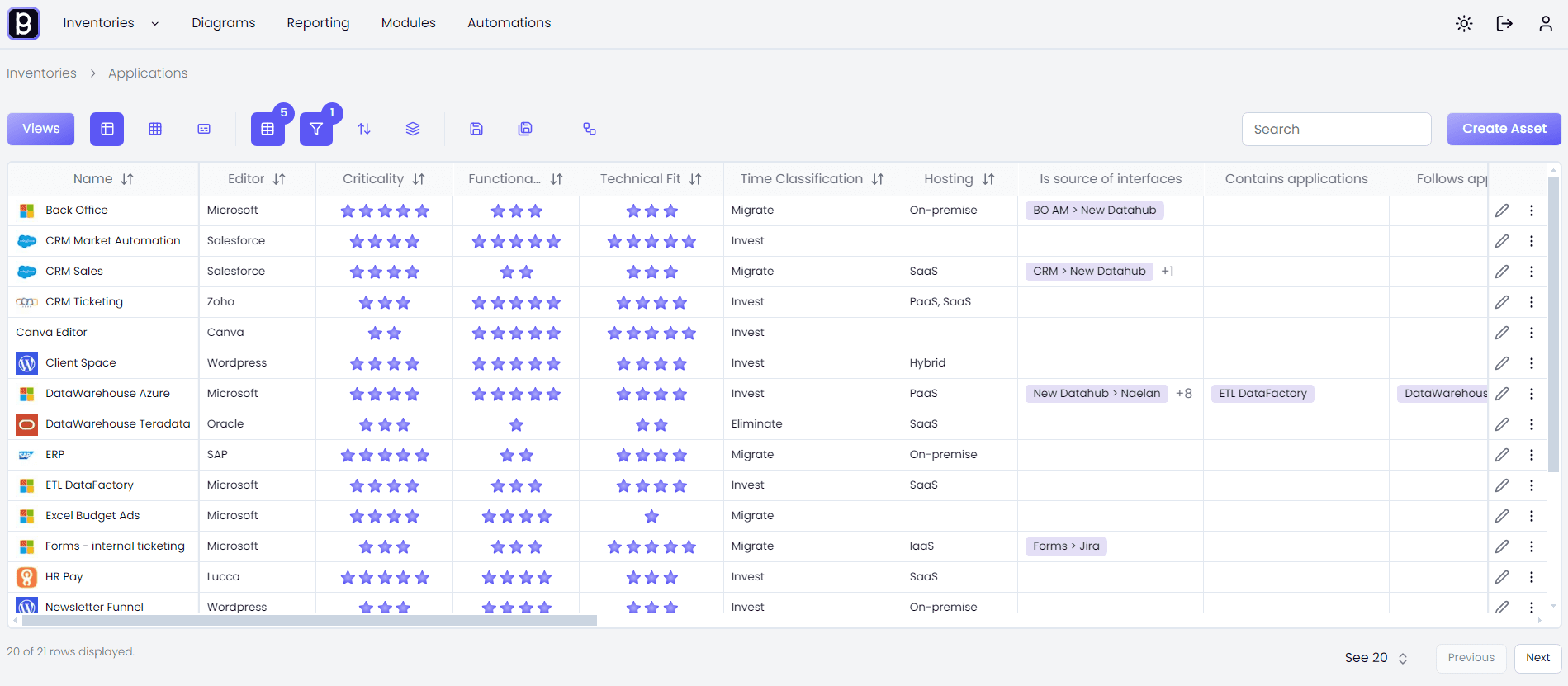What is Enterprise Architecture ?
1 sept. 2024
Enterprise Architecture (EA) plays a critical role in aligning business goals with technological capabilities. It is a strategic discipline that helps organisations ensure their IT systems support the overall business mission, operations, and future growth. EA serves as a blueprint for managing the structure, processes, information, and technology within an organisation, ensuring that every technological decision is aligned with long-term business strategies.
The Role of Enterprise Architecture
Enterprise Architecture covers a wide range of responsibilities, including:
Strategic Alignment: EA ensures that the organisation’s IT investments are closely aligned with its business goals. It provides a roadmap that guides technological decisions to support long-term growth and competitiveness.
Facilitating Change: In today’s fast-moving digital landscape, businesses need to be agile. EA provides a structured framework for adapting and scaling technology systems to meet new challenges.
Resource Optimisation: EA helps identify inefficiencies, redundant systems, and areas where technology can deliver more value. By mapping all systems and processes, it can pinpoint areas for improvement and cost reduction.
Governance: EA also plays a vital role in establishing governance models that ensure IT investments adhere to compliance, security, and performance standards.
The Place of EA in the Organisation
Enterprise architects usually operate at the intersection of business and technology. They serve as the bridge between:
Business Leaders: They collaborate with the executive team to understand their strategic priorities and business objectives.
IT Teams: They work closely with IT departments to design and implement solutions that align with both technical and business requirements.
Stakeholders: EA engages with stakeholders across departments (finance, operations, HR) to ensure technology solutions are relevant and well-integrated throughout the organisation.
In large organisations, EA may sit within the IT department, but often it also works closely with strategic planning or innovation teams. The ultimate goal is to ensure that technological capabilities keep pace with the organisation’s needs and the evolving market environment.
Enterprise Architecture Frameworks
Several frameworks provide guidance and structure for enterprise architecture practices. Two of the most widely adopted are TOGAF and the Zachman Framework.
TOGAF (The Open Group Architecture Framework):
TOGAF is one of the most popular EA frameworks globally. It offers a detailed method, known as the Architecture Development Method (ADM), for designing, planning, implementing, and governing enterprise IT systems.Advantages: TOGAF is flexible, adaptable, and offers strong support for governance and stakeholder management.
Challenges: The framework can be complex to implement due to its comprehensive nature and the need for substantial expertise.

Source: The Open Group TOGAF Standard
Zachman Framework:
The Zachman Framework is a classification-based approach that organises and categorises various aspects of enterprise architecture into a matrix. It consists of six basic questions (What, How, Where, Who, When, Why) and six perspectives (Executive, Business Management, Architect, Engineer, Technician, User).Advantages: It provides a holistic view of the organisation’s architecture, making it easier to identify overlaps and gaps in processes, data, and systems.
Challenges: The framework lacks a step-by-step methodology, leaving the implementation process up to the organisation’s discretion.
Source: Zachman International
Tools for Enterprise Architecture
A variety of tools are available to support enterprise architects in managing and modelling their architecture. Some widely used tools include:
Sparx Systems Enterprise Architect: A comprehensive tool for modelling business and IT architecture.
Archimate: A modelling language created by The Open Group, often used in conjunction with TOGAF.
LeanIX: A cloud-based EA platform that helps map application landscapes and make data-driven decisions.
Mega Hopex: An enterprise architecture solution offering a unified platform for modelling, risk management, and strategic alignment across large organisations.
Boldo : A decentralised architecture platform designed to enhance collaboration between business and project teams.

These tools allow architects to create visual models, manage documentation, and track progress within the EA process. They help design, analyse, and manage complex architectures across various layers, ensuring alignment between strategy and implementation.
The Evolution of the Enterprise Architect Role
The role of the enterprise architect has significantly evolved in recent years, driven by rapid technological advancements and growing business complexities. Initially seen as a technical expert role, today’s enterprise architects have become key strategic leaders, focusing more on business transformation and collaboration.
Some of the key changes in the role include:
From Technical Expert to Strategic Leader: Modern enterprise architects are expected to have a deep understanding of the business environment and market conditions, not just technology.
Focus on Digital Transformation: With the increasing importance of digital transformation, enterprise architects are leading initiatives to integrate new technologies like artificial intelligence (AI), cloud computing, and the Internet of Things (IoT).
Agility and Scalability: As agile methodologies have gained popularity, enterprise architects now focus on delivering flexible, modular architectures that can quickly adapt to changing business needs.
The enterprise architect role will continue to evolve, with a growing emphasis on sustainability, risk management, and the ability to build resilient organisations in uncertain environments.
Sources:
Gartner. (2023). Enterprise Architecture Trends and Challenges.
The Open Group. (2024). TOGAF Standard Overview.
Zachman International. (2022). Zachman Framework: An Overview.
CONTACT
